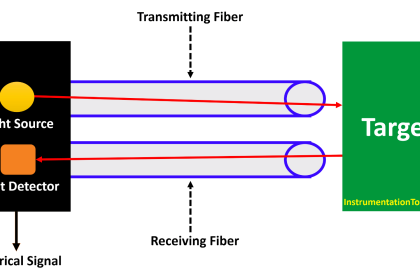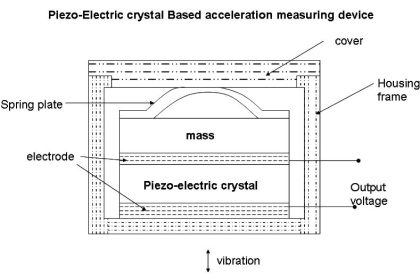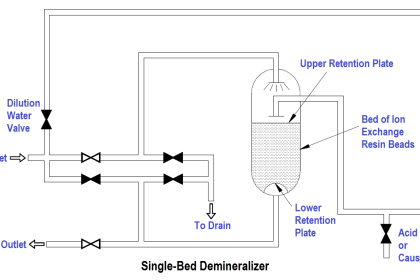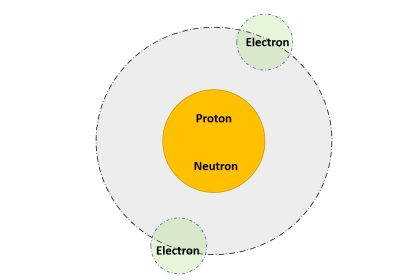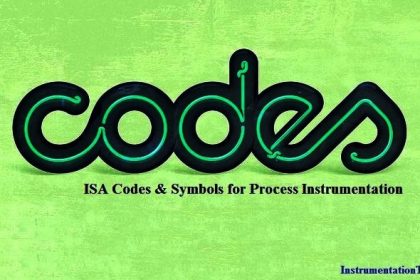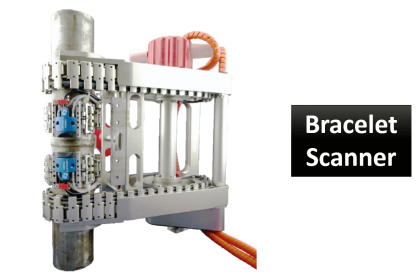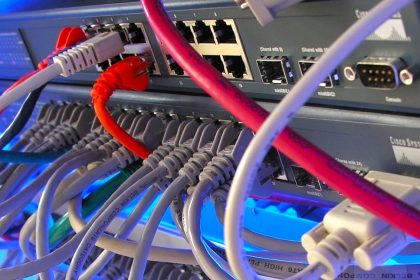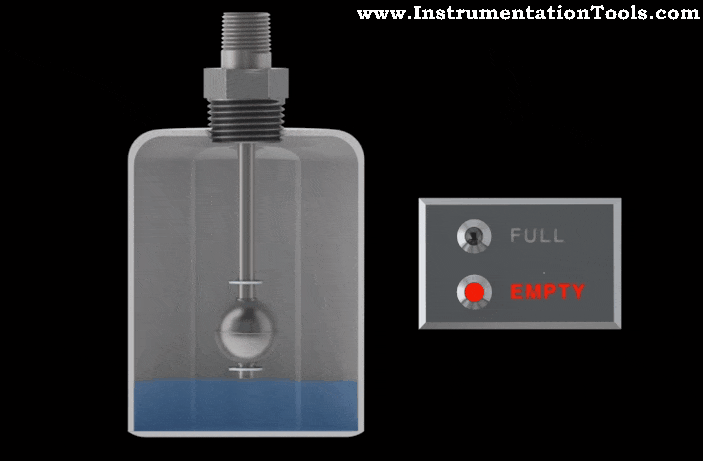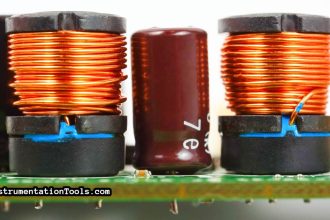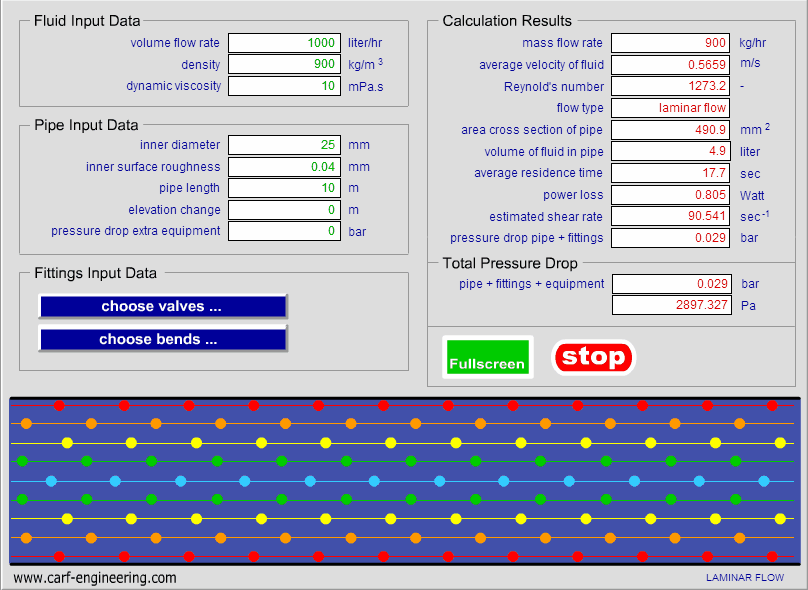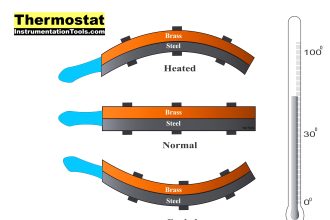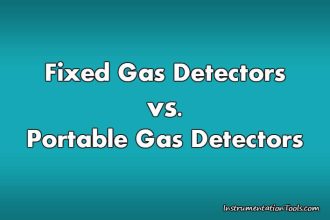In this post, we will learn the working of the air compressor, types of compressors, and their different control techniques used in industries.
An air compressor is a mechanical device that is used to compress the incoming air and provide a fast speed and compressed air on the outgoing side. They are widely used in almost every industry.
Because the volume of air is decreased and the pressure/speed of air is increased, they can be used to fill the air in small objects or supply air power to any mechanical equipment. They can be used to fill tires or used for powering devices like drills, nail guns, grinders, spray guns, sanders, staplers, etc.
It uses the basic objective of reducing the volume of air to increase its pressure. This pressurized air is then used for various applications.
Air Compressor
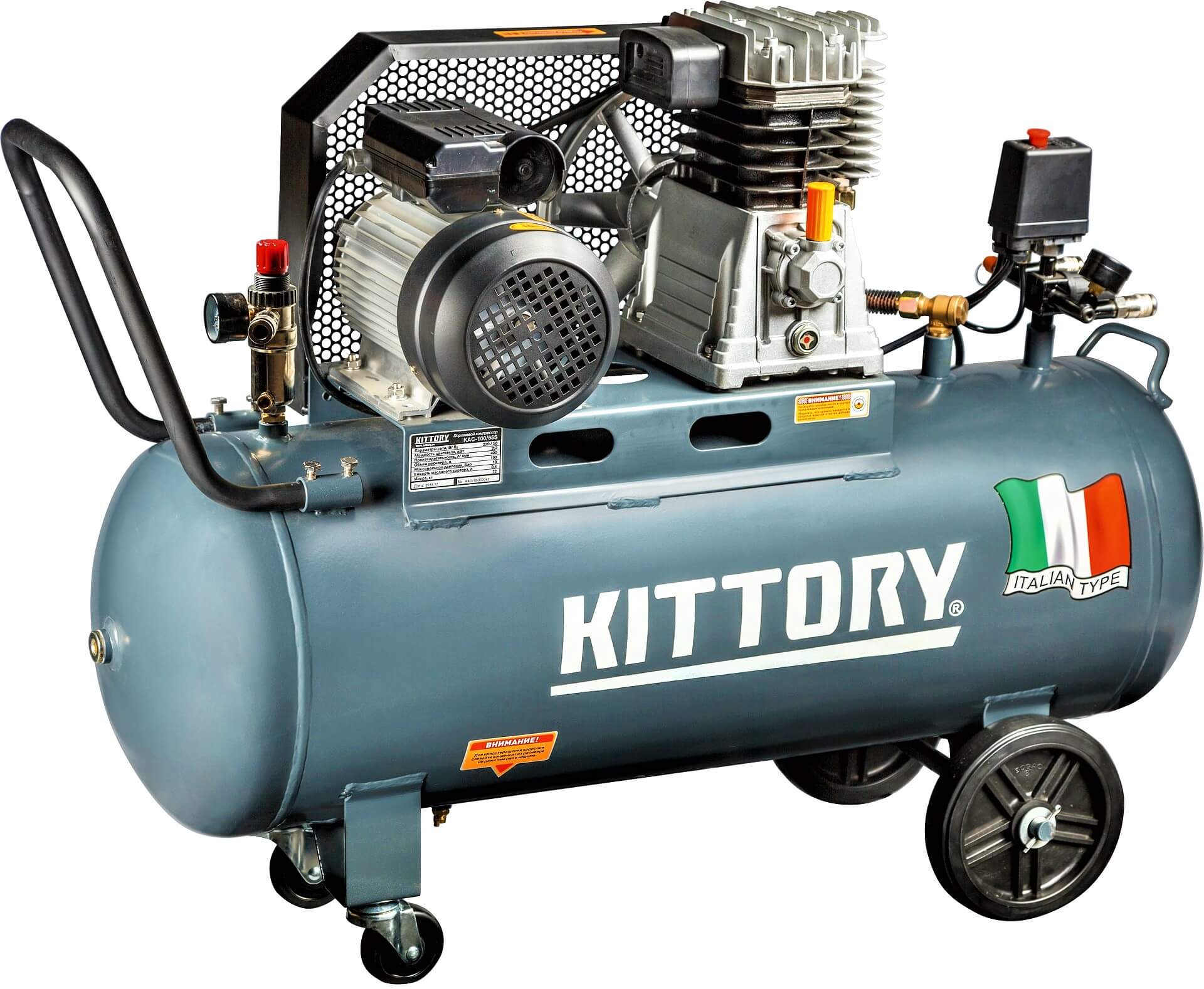
A typical air compressor consists of a motor, an inlet, and outlet valve to intake and discharge air, a pump to compress the air, and a storage tank.
The air is forced into a tank. Then, mechanical equipment driven by a motor reduces the volume of air by pressing it. When the pressure of air has reached a high value, the compressor is turned off automatically.
Due to this, highly compressed air is stored in the tank. When the demand comes, the pressurized air is then passed through outlet valves, which can then be used for various applications. When the pressure decreases again, the compressor starts again and begins to pressurize the incoming air again.
Types of Air Compressors
Basically, air compression is achieved by two methods –
- positive displacement and
- dynamic displacement.
Positive Displacement Compressors
Positive displacement is a method of forcing air in a chamber where the volume is decreased to increase the pressure.
Positive displacement has various methods to compress the air.
The most used ones are –
- rotary screw,
- rotary vane and
- piston type.
The difference between all these techniques is just the equipment that decreases the volume of air.
Rotary screw uses two internal screws that rotate in opposite directions to trap and pressurize the air between them.
Rotary vanes have adjustable rotary arms fitted in the motor. Due to adjustable arms, as the air passes between them, the volume of air starts to decrease as it gets trapped and thus increasing the pressure.
The piston is an up-down motion type of equipment that traps the air as it moves upwards and starts increasing the pressure.
Dynamic Displacement Compressors
Dynamic displacement is a method of applying kinetic or centrifugal energy to the air. This increases the pressure of the air.
The centrifugal force is generated by a rotary blade or impeller powered by an engine. When a high centrifugal force is implied upon the air, its pressure is increased.
So, basically, the difference between both these methods is that the first one decreases volume while the second one impacts kinetic or centrifugal energy on the air. The end result is the same – an increase in pressure.
Modern Air Compressors
Modern air compressors come with various new techniques due to advance in industrial automation in recent times. The below mentioned different techniques.
Loading and Unloading Technique
The loading and unloading technique which automatically controls the on-off of valves according to demand.
Modulation Technique
The modulation technique for adjusting the opening and closing of the valve in an analog way.
Variable Speed Technique
The variable speed technique for adjusting the speed of the motor. All these methods give a more flexible control in pressurizing the air.
If you liked this article, then please subscribe to our YouTube Channel for Instrumentation, Electrical, PLC, and SCADA video tutorials.
You can also follow us on Facebook and Twitter to receive daily updates.
Read Next:
